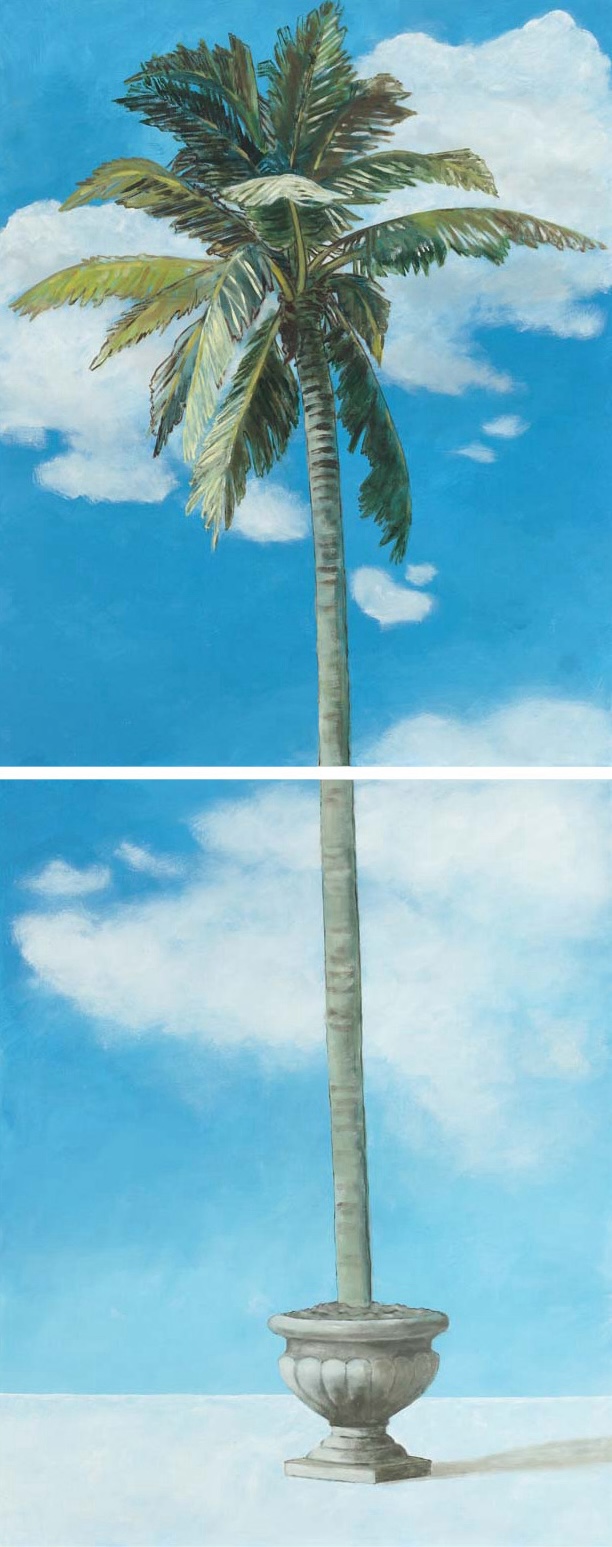Understanding Diaspora Pasifika (Sāmoan and Tongan) Intergenerational Sense-Making and Meaning-Making through Imageries
DOI:
https://doi.org/10.18432/ari29750Palabras clave:
Church, cultural heritage, diaspora––nofo ‘i fafo o Sāmoa/ tu‘a Tonga, images/imagery/ imageries, Indigeneity, family, material culture, traditionsResumen
This article presents imagery representative of Pasifika (Sāmoan and Tongan) diaspora (nofo ‘i fafo o Sāmoa/ tu‘a Tonga) intergenerational sense-making and meaning-making. The main author, Ruth (Lute) Faleolo, presents a selection of eleven photographs shared with her by Pasifika knowledge holders across Aotearoa (New Zealand), Australia, and the United States, alongside six personally photographed people/events in Aotearoa. Collectively, these images show important Pasifika meaning-making and sense-making processes that are occurring intergenerationally in tu‘a Tonga/ nofo ‘i fafo o Sāmoa. These selected images were collected as part of an ongoing larger study of Pasifika migration and mobilities (2013-2023). The second author, Sh’Kinah Tuia‘ana Nauna Faleolo, presents pieces from her art collection (2015): Two Woven Identities and discusses her meaning-making and Indigeneity enfolding these pieces while growing up in Aotearoa. The third author, Lydiah Malia-Lose Faleolo, presents her Identity artwork (2019) and Duality design pieces (2023) that demonstrate her current and continued Indigeneity as a Sāmoan Tongan woman, living and studying in Australia. The fourth author, Nehemiah Thomas Faleolo’s artistic expressions captured in his annotated sketches and sculpture work were selected from a collection he had created in Australia. Nehemiah’s respected artwork and meaning-making, carefully documented by him in 2020 was (posthumously) selected by Faleolo family members, from his private exhibition and collection (Brisbane). Scanned documents and photographs stored on his mobile device have been contributed to this article on his behalf, with permission.
For many Pasifika living in Aotearoa, Australia and the United States, the processes of intergenerational sense-making and meaning-making occur in the diaspora contexts of faith, family, community, and education. The imageries presented by Ruth (Lute) Faleolo follow these thematic contexts, with short analyses about the intergenerational sense-making and meaning-making observed per photo. The purpose of her contribution to the discussion is to promote imageries as a way of conveying Pasifika understandings and knowledge. Sh’Kinah Tuia‘ana Nauna Faleolo, Lydiah Malia-Lose and Nehemiah Thomas Faleolo’s contributions present personal accounts of intergenerational sense-making and meaning-making as experienced through their artistic expressions, within nofo ‘i fafo o Sāmoa/ tu‘a Tonga contexts of Aotearoa and Australia.
Descargas
Publicado
Cómo citar
Número
Sección
Licencia
Derechos de autor 2024 Ruth Faleolo, Sh’Kinah Tuia‘ana Nauna Faleolo, Lydiah Malia-Lose Faleolo

Esta obra está bajo una licencia internacional Creative Commons Atribución-NoComercial-SinDerivadas 4.0.
Authors who publish with Art/Research International agree to the following terms:
a. Authors retain copyright and grant the journal right of first publication and the right to sublicense the Contribution, in the form in which it is published by the journal, to others under the terms and conditions of the of the Creative Commons Attribution-NonCommercial-NoDerivs (CC BY-NC-ND) that allows others to download the work and share the work with others with an acknowledgement of the work's authorship and initial publication in this journal, but they cannot change the work in any way or use any part of the work commercially.
b. Authors are able to enter into separate, additional contractual arrangements for the non-exclusive public distribution and display of the journal's published version of the work (e.g., post it to an institutional repository or publish it in a book), with an acknowledgement of its initial publication in this journal.
c. Authors are permitted and encouraged to post their work online (e.g., in institutional repositories or on their website) prior to and during the submission process, as it can lead to productive exchanges, as well as earlier and greater citation of published work (See The Effect of Open Access).
d. Authors wishing to include items (such as images or other media, or any creative works of others whether previously published or not) must contact the original copyright holder to obtain explicit permission to publish these items in Art/Research International. Writing permission should include: the title(s) of any copyrighted work, original place of publication if applicable, and an acknowledgement of having read Art/Research International's copyright notice. Authors are responsible for obtaining this permission and keeping it in their own records for later verification.



